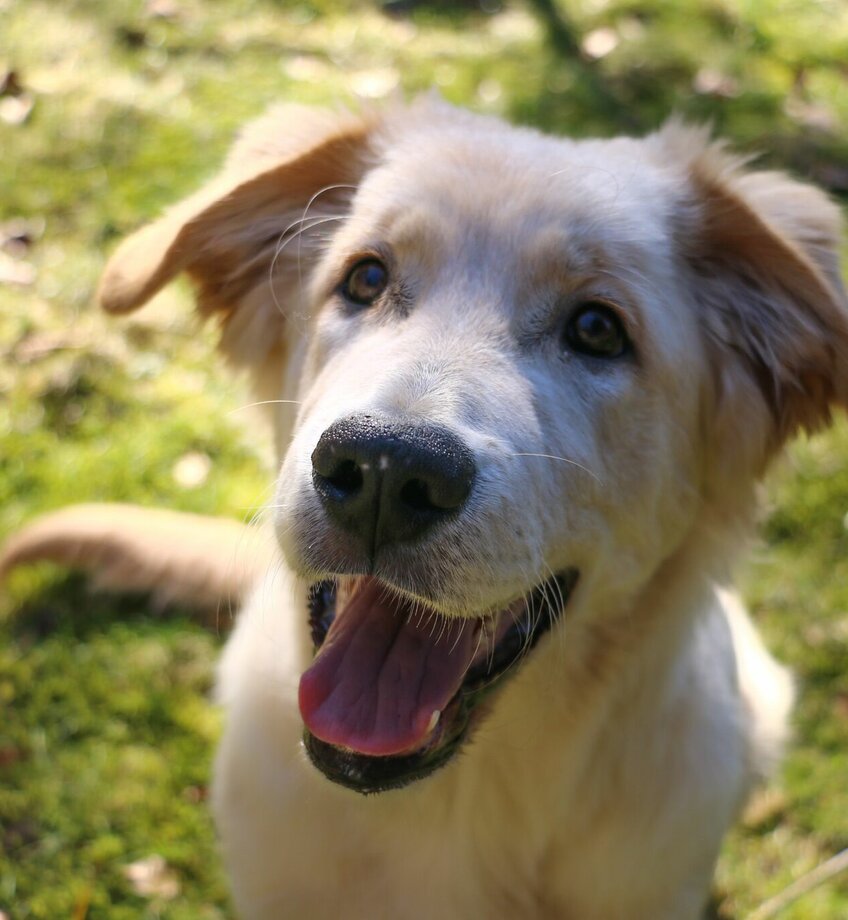FAQ
On this page, a summary of the most frequently asked questions about ecological detection dogs and their deployment has been provided. If there are any remaining questions unanswered, you can always ask them by sending an email to zoekdier@odisee.be.

-
Scientific research indicates that ecological detection dogs can achieve better results in 90% of cases compared to other methods. Search dogs can be up to 10 times more effective than hair traps, camera traps, and scent traps combined.
-
This depends on various factors (temperature, terrain,...). It can vary from 30 minutes to several hours.
-
This depends on various factors, but some dogs can be deployed until they are 10 years old or older. Searching large distances can be a challenge for older dogs; however, for certain scents, extensive areas may not need to be covered, allowing the dog to be deployed for longer periods.
-
The required time depends on the dog and the scent they need to indicate. On average, it takes 1-2 years to train a new dog to indicate a specific scent. However, a dog can be trained on multiple scents, with the transition to a new scent taking less time.
-
The cost of deploying detection dogs depends on various factors. Currently, the sector relies mainly on volunteers, but there are also many professional trainers abroad who deploy detection dogs for ecological purposes.
The costs for a detection dog include: building or providing a training center, food for the dogs, medical expenses and care, training, equipment, materials off the species that you want to find, and costs for the handler of the dog.
-
Ecological detection dogs can be utilized in the agricultural sector for various purposes. They can detect pests and diseases such as harmful insects, larvae, or pathogens that can damage crops. They can also track down illegal substances, such as unauthorized pesticides. Wildlife management: On farms where wildlife damage is a concern, ecological detection dogs can be used to locate and track wild animals, enabling farmers to better anticipate and respond to potential conflicts between wildlife and agricultural activities.
-
This concern needs to be carefully examined for each species. Research on desert tortoises has shown that there is no difference in their movements after being detected by an ecological detection dog compared to being detected solely by humans. Additionally, there was no significant difference in predator attraction or in wounds caused by predators after deployment of detection dogs on this species.
-
While hunting dogs are trained to track and retrieve prey, ecological detection dogs are expected to leave the target animal undisturbed and simply indicate its presence.